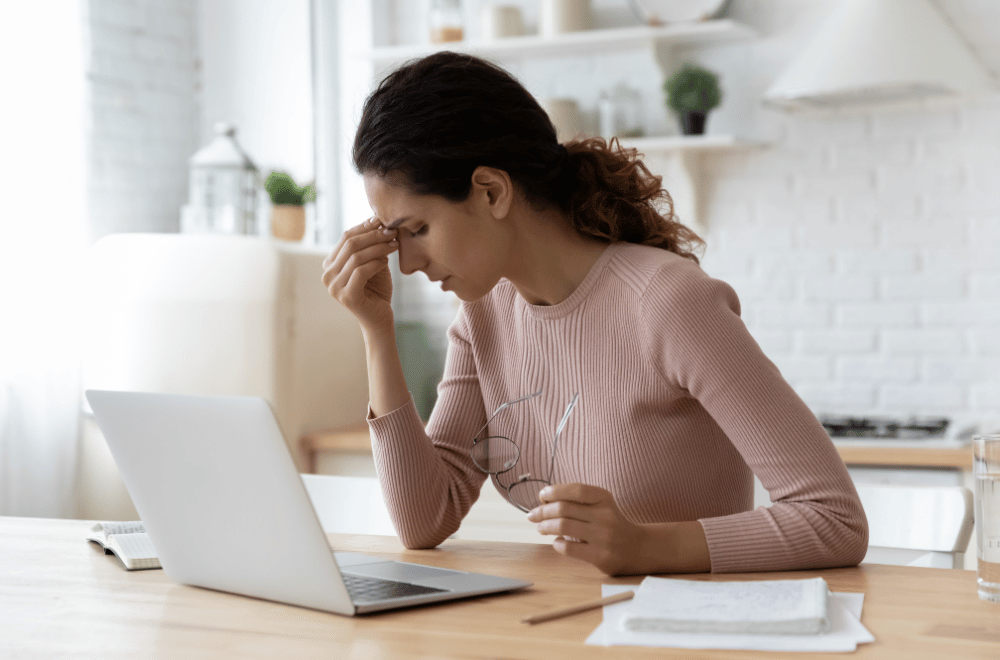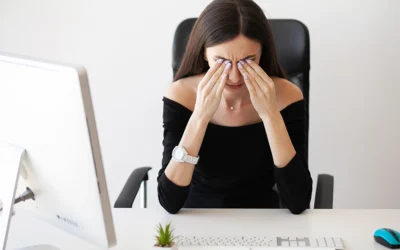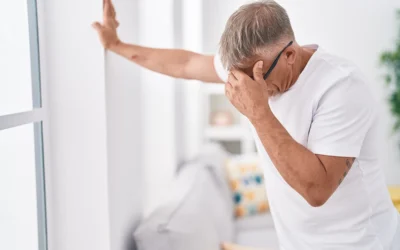As the leaves change color, and we enjoy the crisp autumn air, you might experience another less pleasant change—your eyes feeling unusually dry. At SIGHT, we hear from many patients who notice their dry eye symptoms flare up as the seasons shift, particularly in the fall.
Fall’s environmental changes can have a significant impact on eye health, especially for those with dry eyes. However, you don’t have to suffer from dry eyes this season! Our eye doctor in West Hartford can help you determine the underlying cause and find relief. Here are a few reasons why autumn might be contributing to your dry eye symptoms:
Lower humidity
Cooler temperatures mean drier air, so less moisture is available to keep your eyes hydrated. In low-humidity conditions, your tears evaporate more quickly, leaving your eyes dry and uncomfortable.
Indoor heating
When the temperatures drop, we rely on indoor heating to stay warm, whether in your home, at work, or in the car. Indoor heating may keep you warm, but it also dries out the air, depriving your eyes of the moisture they need to stay comfortable.
Fall allergies
Fall often triggers allergies, thanks to pollen, mold, and ragweed. Allergies can inflame the eyes, leading to irritation, dryness, and itching. While your eyes may water as a reaction to allergens, they can still feel dry and irritated because the tear quality isn’t as good as it should be.
Windy weather
That crisp, cool fall breeze might feel refreshing, but it can be tough on your eyes. Wind can dry out your tear film, the protective layer of moisture on your eyes, which leads to increased dryness and irritation.
More screen time
Finally, as the days get shorter and we spend more time indoors, increased screen time can contribute to dry eyes. Staring at screens for long periods causes us to blink less often. This reduces the amount of moisture spread across the surface of the eye, leading to dryness and discomfort.
Tips to manage fall dry eye symptoms
By following these tips, you can manage dry eye symptoms during the fall months and keep your eyes comfortable.
- Use a humidifier: Adding moisture to the air in your home can help balance out the drying effects of indoor heating.
- Take screen breaks: Follow the 20-20-20 rule: every 20 minutes, take a 20-second break and look at something 20 feet away to give your eyes a rest.
- Wear sunglasses: Sunglasses not only protect your eyes from the sun but also shield them from wind and dust, reducing irritation.
- Stay hydrated: Drinking plenty of water helps your body maintain proper moisture levels, which can reduce dry eye symptoms.
- Use artificial tears: Over-the-counter lubricating eye drops can help your eyes maintain moisture and relieve dryness.
Finding relief at SIGHT
If you’re struggling with dry eyes and want to explore treatment options, our dry eye care in West Hartford includes the latest technology, like OptiLight IPL (intense pulsed light) therapy, to help you find lasting relief. By gently heating and stimulating the meibomian glands, OptiLight helps to unclog them and boost the production of healthy tears. This innovative treatment provides long-lasting relief from dry eye symptoms.
Contact us today to schedule an appointment and get personalized care for your seasonal dry eyes!




